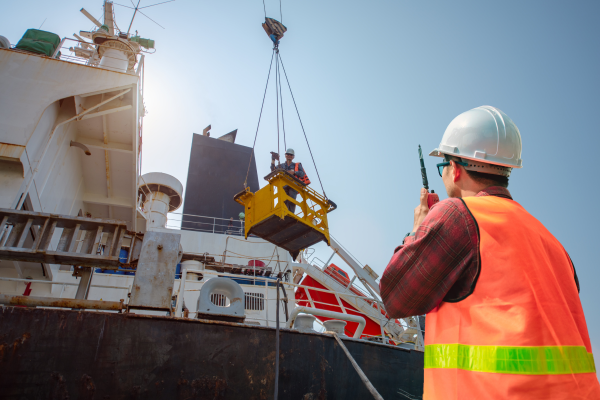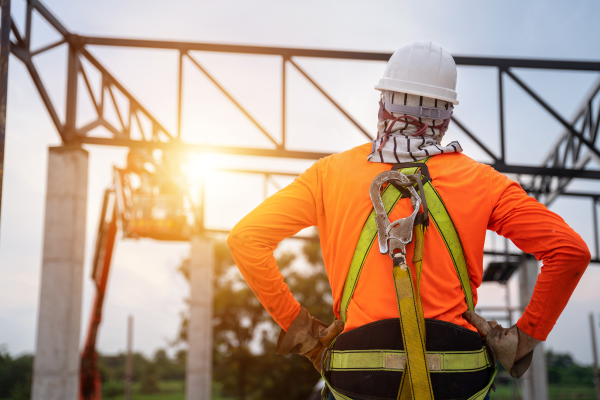Job Safety Analysis (JSA) and Safe Work Method Statement (SWMS)
Everything you need to know about JSA and SWMS.
Everything you need to know about JSA and SWMS.
Simply put, a JSA is a risk assessment for a particular job when a Safe Operating Procedure (SOP) or Work Instruction (WI) does not exist for that job. It is designed to ensure workers know how to perform the work safely and are aware of the hazards present and how to control them before they start the job.
Most routine jobs, such as daily machine operating, should have an SOP or WI. People should be trained in the SOP or WI before they are allowed to perform the work unsupervised.
Therefore, a JSA is usually used for non-routine or unfamiliar work that has not been risk-assessed. For instance, a JSA is required when workers are faced with an unfamiliar situation, requiring them to think about the hazards and how to perform the work safely before they commence.
A JSA essentially forces workers and their supervisors to think about the risks involved with non-routine or unfamiliar work. It requires workers to break down the job by task, identify the hazard with each task, and the controls they will use to reduce the risk associated with the hazard.
A SWMS is almost interchangeable with a JSA. However, their use is mandated for all
high-risk construction work (HRCW) and must be completed before the work commences.
The following construction work is considered high-risk and requires a SWMS:
SWMS must be retained for the duration of the work.

Simply put, each job needs its own SWMS. Therefore, if a tradesperson is performing multiple HRCW jobs in one day, then they need a SWMS for each job.
It has been said this is onerous for tradespeople – for example, if a tradesperson needs to perform work on three separate house roofs in one day, they need to complete the SWMS for each location before they start the work.
One way of managing this is to develop a SWMS for each particular type of HRCW job such as working at heights (house roofs) and then simply adjusting the SWMS for the particular job according to any new hazards and controls that the existing SWMS has not captured.
If the SWMS adequately captures all the hazards and controls, (i.e. how to secure a ladder, use of harnesses, etc.) and there are no new hazards or controls required, then the Tradesperson can possibly just sign and date the existing Safe Work Method Statement. However, they need to be mindful that this does not simply become a “tick and flick” exercise for expediency.
Click here to download an example of “Working at Heights” SWMS.

Your Safety Partners has extensive experience in conducting risk assessments and can help:
Contact us today for a free appraisal.
Book your free one hour on site safety consultation
A workplace safety consultant can also ensure the owners and managers of businesses meet their safety compliance requirements. This helps protect them from compensation or legal costs.